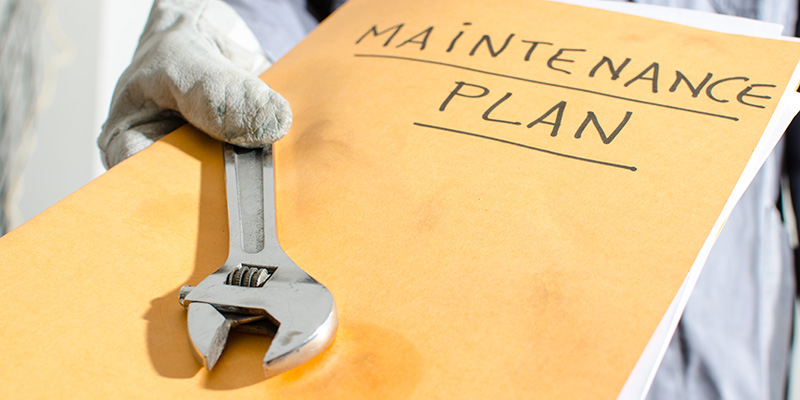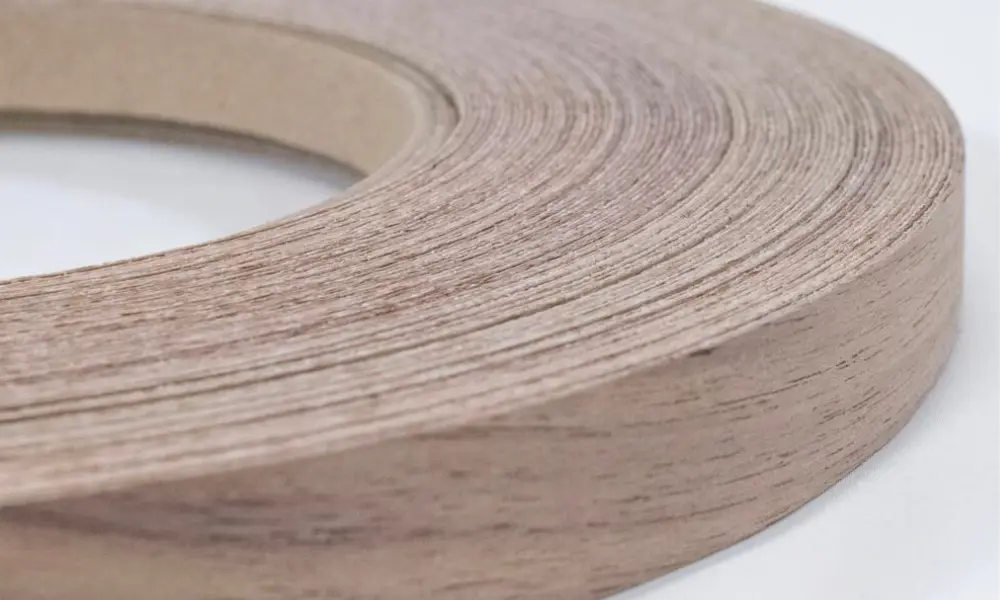Introduction:
For commercial buildings, the HVAC system is more than just a comfort feature—it’s a critical component that impacts energy efficiency, indoor air quality, employee productivity, and operational costs. One of the best ways to ensure reliable performance and longevity of your HVAC system is through a HVAC preventative maintenance schedule. In this guide, we’ll break down the importance of preventative maintenance, what a standard schedule looks like, and how to tailor it for your commercial property’s needs.
What Is Preventative HVAC Maintenance?
Preventative HVAC maintenance involves routine inspections, cleanings, and adjustments designed to keep your heating, ventilation, and air conditioning systems running efficiently and problem-free. Instead of reacting to breakdowns or failures, you proactively service your system to avoid costly repairs and unexpected downtime.
Benefits of a Preventative Maintenance Schedule
- Improved Energy Efficiency
Clean filters, calibrated thermostats, and well-lubricated parts mean your system uses less energy. - Lower Operational Costs
Preventative care reduces the risk of expensive emergency repairs and premature system replacements. - Extended Equipment Lifespan
Well-maintained systems can last significantly longer than neglected ones. - Better Indoor Air Quality
Regular cleaning of ducts and filters removes dust, allergens, and bacteria from circulation. - Regulatory Compliance
Helps maintain indoor air and temperature standards required in healthcare, manufacturing, and food service sectors.
Recommended HVAC Maintenance Schedule for Commercial Buildings
Below is a general guideline. Your specific needs may vary based on system type, usage, and environment.
Monthly Tasks:
- Check and replace or clean air filters
- Inspect thermostats and controls for accuracy
- Inspect for unusual noises, odors, or leaks
- Check system pressures and temperatures (if applicable)
- Ensure vents and air returns are unobstructed
Quarterly Tasks (Every 3 Months):
- Clean condensate drain lines and pans
- Inspect refrigerant levels
- Check belts and pulleys for wear
- Test system controls and safety switches
- Inspect and clean evaporator and condenser coils
Biannual Tasks (Spring & Fall):
- Full system inspection before cooling and heating seasons
- Calibrate thermostats and zone controls
- Inspect and test ductwork for leaks
- Lubricate all moving mechanical parts
- Check heat exchanger, burners, and flues (heating season prep)
- Test and clean blower assembly
Annual Tasks:
- Deep clean air ducts and diffusers
- Perform combustion analysis on heating components
- Conduct energy efficiency audit
- Check electrical components and tighten connections
- Verify airflow and static pressure throughout the system
- Review system performance data and adjust as needed
Tips for Creating a Custom Maintenance Plan
- Work with a professional HVAC contractor: They can assess your system and tailor a schedule based on building size, climate, and usage.
- Keep detailed maintenance records: This helps with warranty claims and long-term planning.
- Factor in your industry: Healthcare, hospitality, and food services often require more frequent maintenance due to stricter air quality regulations.
- Incorporate smart technology: Use Building Management Systems (BMS) and IoT devices to monitor system performance and schedule service automatically.
Signs You’re Overdue for Maintenance
- Inconsistent temperatures across zones
- Higher-than-normal energy bills
- Excessive dust or musty odors
- Unusual noises or vibrations
- Poor airflow or slow system response
Conclusion:
A well-planned HVAC preventative maintenance schedule is essential for maintaining comfort, energy efficiency, and operational reliability in commercial buildings. By sticking to a regular maintenance routine, you can extend the life of your equipment, reduce unexpected repairs, and ensure your building remains a healthy and productive environment for everyone inside.
Ready to build your custom HVAC maintenance schedule?
Our commercial HVAC experts can help you develop and implement a preventative maintenance plan tailored to your building’s needs and budget.




